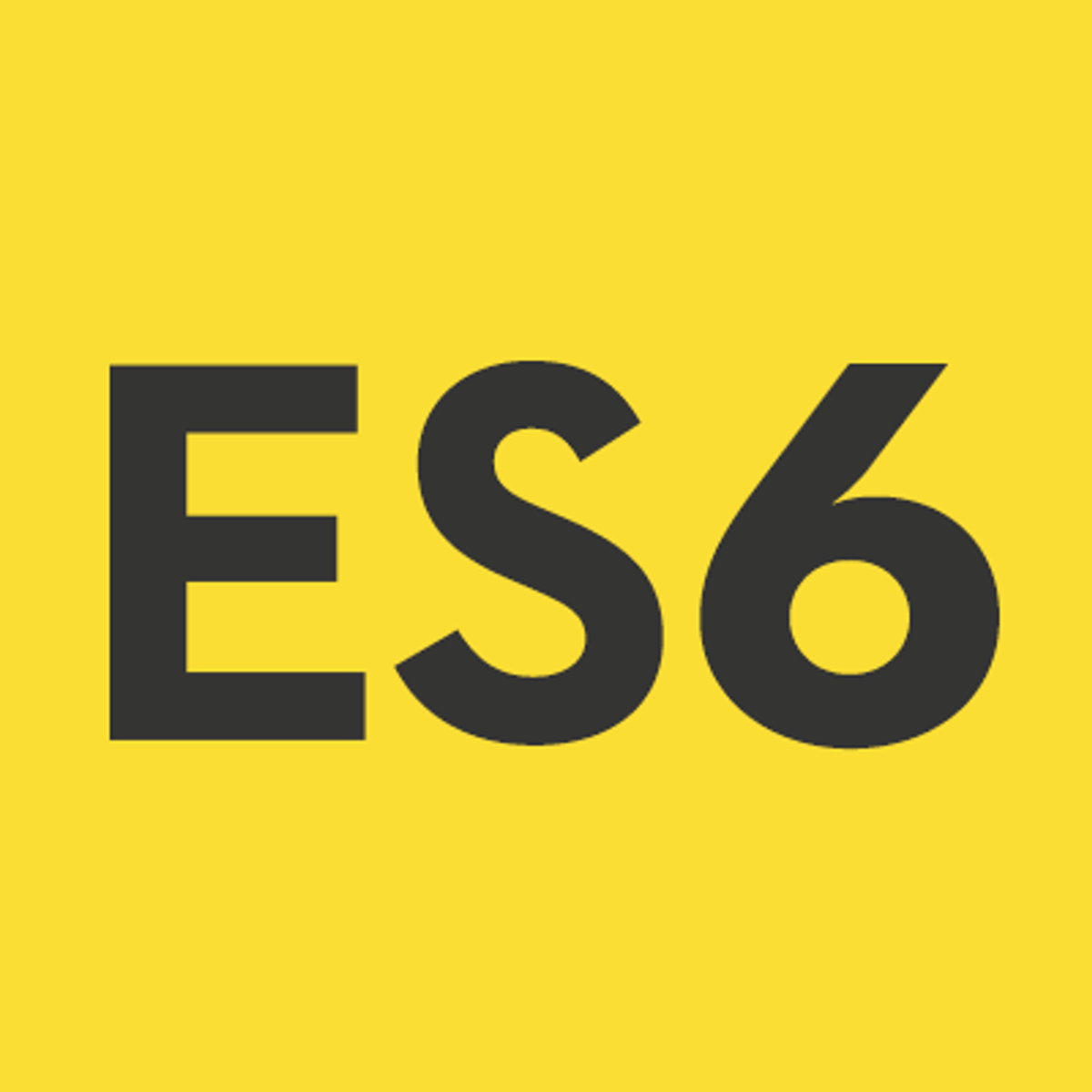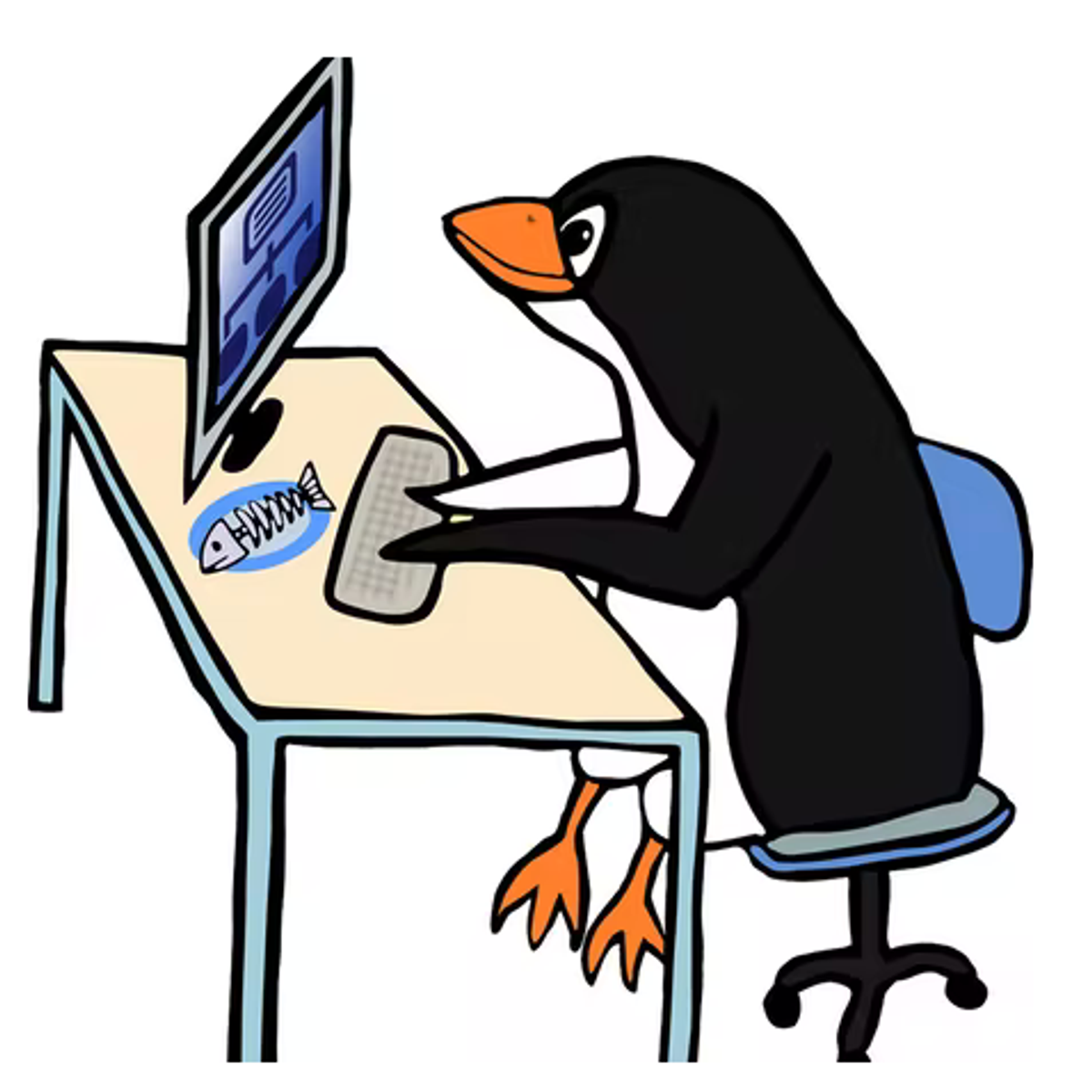Back to Courses









Mobile And Web Development Courses - Page 16
Showing results 151-160 of 456

IoT (Internet of Things) Wireless & Cloud Computing Emerging Technologies
IoT (Internet of Things) devices are already abundant, but new products that include IoT modules are now a common trend. Also, almost everything is already connected to a Cloud, and much more will be in the future. Naturally, as this trend continues, in the near future almost all devices and appliances will include IoT modules which will use sensor data collection and control/management based on Clouds. Since we will live in an IoT world supported by Clouds, knowledge of the core technologies and platforms of IoT and Clouds will enable you with the tools to become a true leader in the future product and business world. In this course, the start-of-the-art IoT and wireless networks and Cloud technologies are introduced (for details on 1G to 5G mobile communications and smartphone and smart device technology, please take my course “Smart Device & Mobile Emerging Technologies”). This course ends with projects that teach how to analyze Bluetooth and W-Fi wireless networks and setup and use an EC2 (Elastic Compute Cloud) Virtual Computer in AWS (Amazon Web Service), which is the most powerful and popular Cloud technology in the world. Comparing to the human body, IoT is the neural network and the Cloud is the brain. Thus, I cordially welcome you into the brain and neural network of the future intelligence world!

Using Custom Fields in Looker Explores
This is a Google Cloud Self-Paced Lab. In this lab, you will learn how to utilize custom fields in Looker Explores queries.
Looker provides the ability for non-developer users to create and utilize ad hoc fields for richer data analysis. This is done by creating custom measures, custom dimensions, table calculations and using custom groupings to narrow down data to match specific conditions.
Using ad hoc fields gives non-developers the ability to create new fields, as opposed to regular fields, which require that you have development permissions and understand LookML allowing them to have more flexibility in finding data they are looking for independently.

Rate Limiting with Cloud Armor
This is a self-paced lab that takes place in the Google Cloud console. Google Cloud HTTP(S) load balancing is implemented at the edge of Google's network in Google's points of presence (POP) around the world. User traffic directed to an HTTP(S) load balancer enters the POP closest to the user and is then load balanced over Google's global network to the closest backend that has sufficient capacity available.
Cloud Armor IP allowlist/denylist enable you to restrict or allow access to your HTTP(S) load balancer at the edge of the Google Cloud, as close as possible to the user and to malicious traffic. This prevents malicious users or traffic from consuming resources or entering your virtual private cloud (VPC) networks.
In this lab, you configure an HTTP Load Balancer with global backends, as shown in the diagram below. Then, you'll stress test the Load Balancer and add a Cloud Armor rate limiting policy to restrict based on IP.

Build Your Portfolio Website with Angular JS
In this 1.5 hour guided project, you will learn the fundamentals of the AngularJS framework and incorporate it into a traditional HTML webpage. At the end of this course, you will be able to start using AngularJS in your own web projects.
Topics covered include: The AngularJS model-view-controller architecture, data binding, data model directives, conditional directives, and loop directives.
Prerequisites are that you should already be comfortable working with HTML, JavaScript and some CSS.

Version Control
Learn how modern software developers collaborate across the world without messing up each other's code. You will look at the different version control systems and how to create an effective software development workflow. You will be introduced to some of the most commonly used Linux commands that you can use to work with files on your hard drive and create powerful workflows that will automate your work, saving you time and effort.
Finally, you will see how Git can be used in software development projects to manage team files. And you will create a repository that can manage code revisions.

Modern JavaScript: Iterators and Generators
JavaScript Iterators and Generators bring the concept of iteration directly into the core language and provide a mechanism for customizing the behavior of for...of loops.
In this project, you'll master the JavaScript Iterators and Generators with live hands-on exercises. We'll learn about iteration protocols, the built-in constructs that provide support for them and how to make our own data structures iterable.

Introduction to Android Mobile Application Development
This course is an ideal stepping stone if you want to become a mobile developer. We’ll introduce you to this career path and give you a high-level overview of programming and the tools needed to develop Android applications.
Explore the Android Studio and the fundamental concepts of Android app development. Learn about operating systems and different platforms for creating mobile apps. You’ll conclude your introduction to Android application development by building out each aspect of a guided project.

Test Accessibility of your Design with A11ygator
In this project, you will use a free product called A11ygator to test a website for accessibility. An accessible website is one that is usable for everyone, including those with disabilities. Testing a website’s accessibility is important since ensuring that a website is accessible is often required by law. An accessible website benefits everyone—users and businesses—by improving the overall user experience.
Note: This course works best for learners who are based in the North America region. We’re currently working on providing the same experience in other regions.

Calling APIs with React
By the end of this project, you will review the HTPP request and response using cURL and perform API calls using several different approaches in a React application.
As a react developer, it is useful to be aware of the various options for consuming an API in React, both from the standpoint of understanding legacy code and developing new code.

Sort Arrays with JavaScript Methods
By the end of this project, you will have gained practical experience in sorting the elements in an array using a JavaScript method. You will learn to reorder the elements in an array using specific techniques based on whether the element values are numbers, letters, mixed-case letters, or objects.
Note: This course works best for learners who are based in the North America region. We’re currently working on providing the same experience in other regions.
Popular Internships and Jobs by Categories
Find Jobs & Internships
Browse
© 2024 BoostGrad | All rights reserved